container troubles/problems
tinyfish
9 years ago
Related Stories
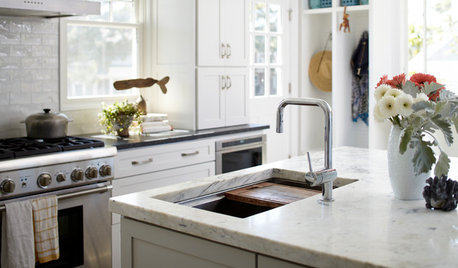
KITCHEN DESIGNKitchen of the Week: Double Trouble and a Happy Ending
Burst pipes result in back-to-back kitchen renovations. The second time around, this interior designer gets her kitchen just right
Full Story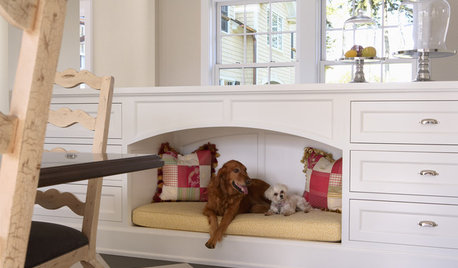
DECORATING GUIDES5 Pet Problems Solved by Design
Design-Friendly Ideas for Pet Beds, Bowls, Doors — and yes, the Litter Box
Full Story
REMODELING GUIDESThe Hidden Problems in Old Houses
Before snatching up an old home, get to know what you’re in for by understanding the potential horrors that lurk below the surface
Full Story
HOUSEKEEPING10 Problems Your House May Be Trying to Show You
Ignore some of these signs and you may end up with major issues. We tell you which are normal and which are cause for concern
Full Story
CHRISTMAS10 Quick Solutions for Last-Minute Holiday Problems
Sail right by potential decorating, hosting and gift-giving pitfalls with these invaluable nick-of-time tricks
Full Story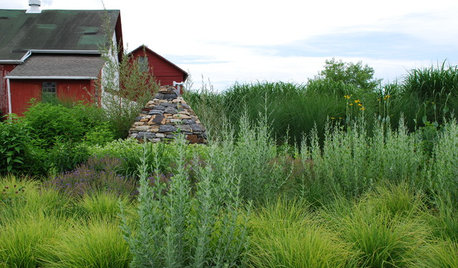
LANDSCAPE DESIGNProblem Solving With the Pros: An Abundant Garden Stretches Its Means
Swaths of resilient, eye-catching plants thrive with little care or resources in the landscape of a Pennsylvania farmhouse
Full Story
LANDSCAPE DESIGNProblem Solving With the Pros: How to Build a Garden in an Urban Canyon
Skyscrapers, noise and deep shade create an unlikely sweet spot for a timeless green retreat in New York City
Full Story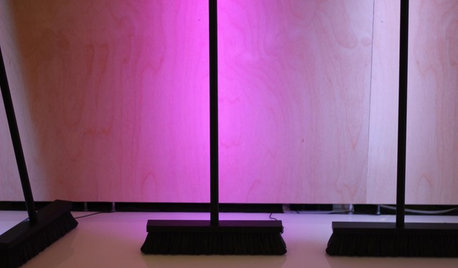
TASTEMAKERSICFF 2012 Report: 10 Visionary Problem Solvers
Sure, pretty is nice, but the best designs improve our lives. These innovative products by students and companies do just that
Full Story
CONTAINER GARDENS7 Deer-Resistant Flowers for Your Summer Containers
Grow these as protection for edibles or just for their colorful beauty — deer might not like them, but everyone else will
Full Story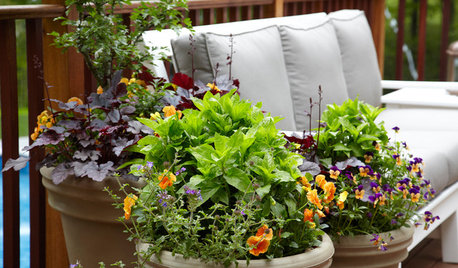
FLOWERS8 Knockout Flowers for a Fall Container Garden
Your cups will overfloweth with color and interest this fall when you plant these vivid seasonal garden classics
Full StoryMore Discussions







asleep_in_the_garden
drew51 SE MI Z5b/6a
Related Professionals
Fort Lee Landscape Architects & Landscape Designers · Concord Landscape Contractors · Harvey Landscape Contractors · Inglewood Landscape Contractors · Point Pleasant Landscape Contractors · River Ridge Landscape Contractors · Stallings Landscape Contractors · Fort Lee Solar Energy Systems · Marietta Window Contractors · Goulds Window Contractors · Burbank Fence Contractors · Irvine Fence Contractors · Maywood Fence Contractors · Mill Valley Fence Contractors · Northlake Fence ContractorstinyfishOriginal Author
tinyfishOriginal Author
drew51 SE MI Z5b/6a
tinyfishOriginal Author
edweather USDA 9a, HZ 9, Sunset 28
drew51 SE MI Z5b/6a
tinyfishOriginal Author
tinyfishOriginal Author
tinyfishOriginal Author
rina_Ontario,Canada 5a
tapla (mid-Michigan, USDA z5b-6a)
drew51 SE MI Z5b/6a
tinyfishOriginal Author
drew51 SE MI Z5b/6a
tinyfishOriginal Author
edweather USDA 9a, HZ 9, Sunset 28
patiogardener84
drew51 SE MI Z5b/6a